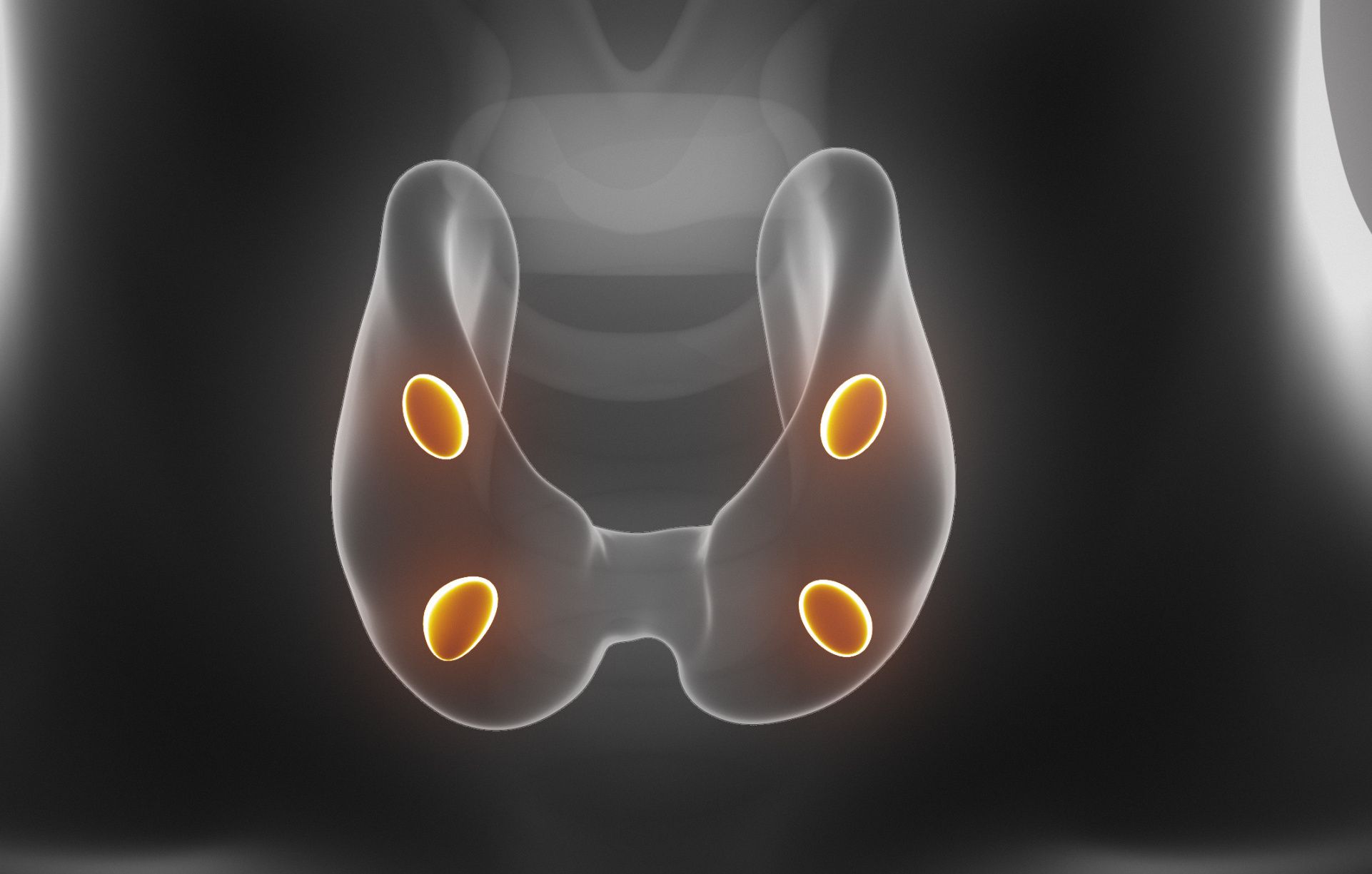Article
Nearly 1-in-3 Receiving Thyroid Hormone Therapy Also on Thyroid-Interfering Medication
Author(s):
An analysis of more than half a million thyroid hormone users indicates more than 30% were also concurrently receiving a medication known to interfere with thyroid function tests.

Nearly 1-in-3 older adults receiving thyroid hormone therapy were also receiving medication known to interfere with thyroid function tests, according to new research from the University of Michigan.
Presented during ENDO 2021, the Endocrine Society’s annual meeting, results of the study indicate 31.6% of patients were on at least 1 interfering medication while on thyroid hormone and underline the risk of adverse events posed by polypharmacy and comorbidities in these patients.
“Our findings highlight the complexity of managing thyroid hormone replacement in older adults, many of whom take medications for other medical conditions,” said first author Rachel Beeson, MD, of the University of Michigan, in a statement. “Until now, the prevalence of concurrent use of thyroid hormone and interfering medications in older adults, and patient characteristics associated with this practice, has been unknown.”
With little evidence available detailing effect of interfering medication and concurrent use of thyroid hormone in older patients, Beeson and colleagues designed their study as an analysis of data from the Corporate Data Warehouse of the Veterans Health Administration. For the purpose of analysis, investigators restricted their retrospective. Cohort study to thyroid hormone users aged 65 years and older that were treated between 2004 and 2017.
Interfering medications of interest for the current analysis included prednisone, prednisolone, carbamazepine, phenytoin, phenobarbital, amiodarone, lithium, interferon-alpha, and tamoxifen. Using multivariable logistic regression analysis, investigators sought to determine specific characteristics associated with concurrent use of thyroid hormone and interfering medication. Of note, patient age, sex, race, ethnicity, and the number of comorbid conditions were used as covariates in adjusted models.
The investigators’ search allowed them to identify 538,137 thyroid hormone users during the aforementioned time frame. This group was mostly male (96.5%), 77.1% were White, and 62.6% had 2 or more comorbidities.
Upon analysis, Beeson and team observed 170,261 (31.6%) of patients were on at least one interfering medication while on thyroid hormone during a follow-up period lasting a median of 56 months. The most common interfering medications were prednisone (80,541), prednisolone (72,149), amiodarone (44,694), phenytoin (7642), and carbamazepine (4900).
When assessing risk factors for being on an interfering medication, investigators found non-white race (OR, 1.18; 95% CI, 1.15-1.21), Hispanic ethnicity (OR, 1.11; 95% CI, 1.08-1.14), female sex (OR, 1.12; 95% CI, 1.08-1.15), and a Charlson-Deyo comorbidity score of 2 or more (OR, 2.47; 95% CI, 2.43-2.52) were considered to be risk factors. However, investigators noted being 85 years of age or older was associated with lower odds of concurrent use of thyroid hormone and interfering medications when compared to those between 65-74 years of age (OR, 0.47; 95% CI, 0.46-0.48).
This study, “Interfering Medications in Older Adults on Thyroid Hormone Replacement: Who Is at Risk?,” was presented virtually at ENDO 2021.




